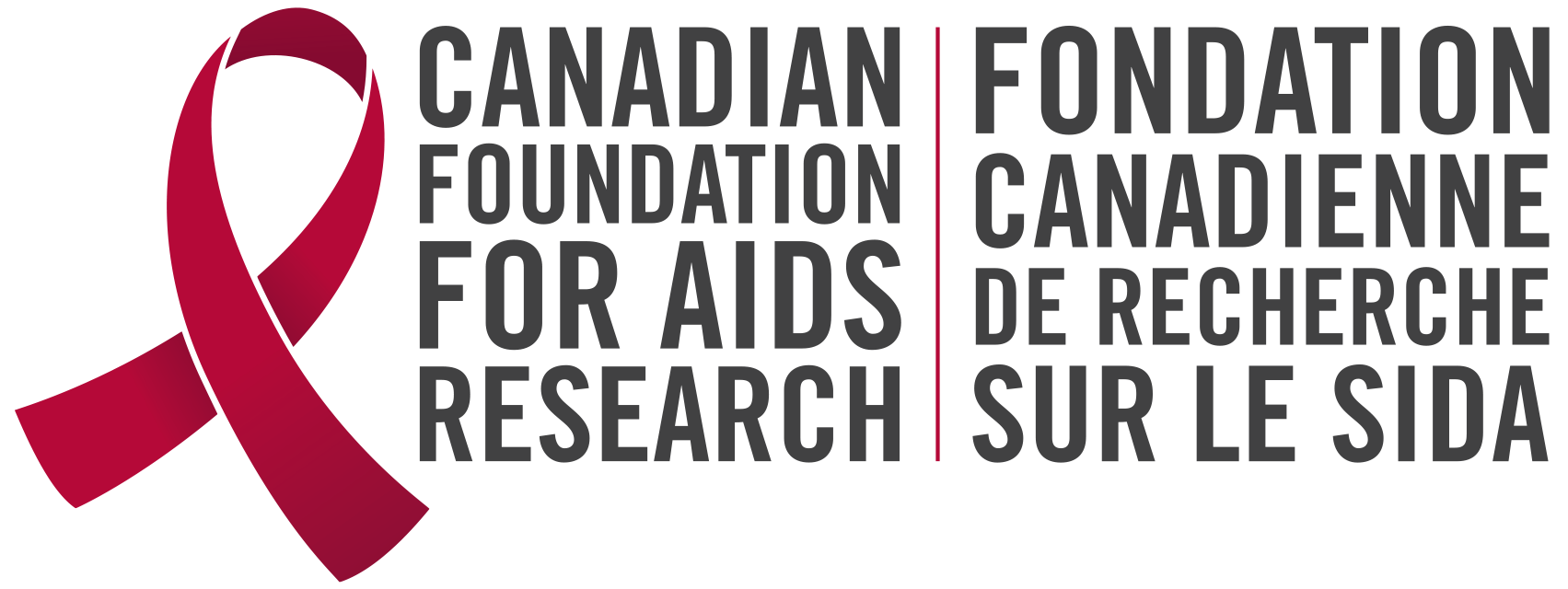We spoke with Shiny Mary Varghese, Executive Director of AIDS Programs South Saskatchewan, about the role of harm reduction in ending the HIV epidemic in Canada.
Injection drug use accounts for almost 1 in 5 new HIV cases in Canada. AIDS Programs South Saskatchewan is responding to the ‘syndemic’ – the co-mingling of the HIV and drug toxicity epidemics – using geo-technology from ReportNeedles.ca and the distribution of safe injection supplies.
Here are five takeaways from our conversation with Shiny Mary…
“There are various factors that bring people to using substances. And stigma and discrimination are a barrier to people being able to get testing and treatment. And people at risk of HIV often face discrimination, which deters them from seeking testing to know their status, and to try to get [on] treatment. So this has to be resolved in order for us to make a dent in the HIV epidemic.”
“There’s the ‘Syndemic’ effect, which is a co-occurrence of the opioid crisis and the HIV epidemic, which has created this syndemic where the two epidemics, they interact and they amplify each other.”
“To give you an example of the stigma attached to testing and barriers to testing, we had a client come in saying he was finding it difficult to get HIV testing for whatever reason. Unfortunately, his doctor was not letting him get [an HIV test]. So, our client care coordinator for opioids called around and was able to find a doctor who was taking new patients and also was able to get the person tested for HIV. But [that shows] there’s stigma and discrimination against people who are using substances.”
“Harm reduction actually saves lives. It is scientific, it is evidence-based and it saves lives. It’s also client centred. So it’s not just one size fits all. It is tailored towards each individual. What is comfortable for one individual may not be comfortable for another person.”
“We don’t have to be judgmental to the type of behaviour that [people] engage in. We just have to be there for them so that when they are ready, we are here either to take them into treatment or encourage them to test for HIV. And then if there is a positive result, to connect them with health and social services and to treatment.”
